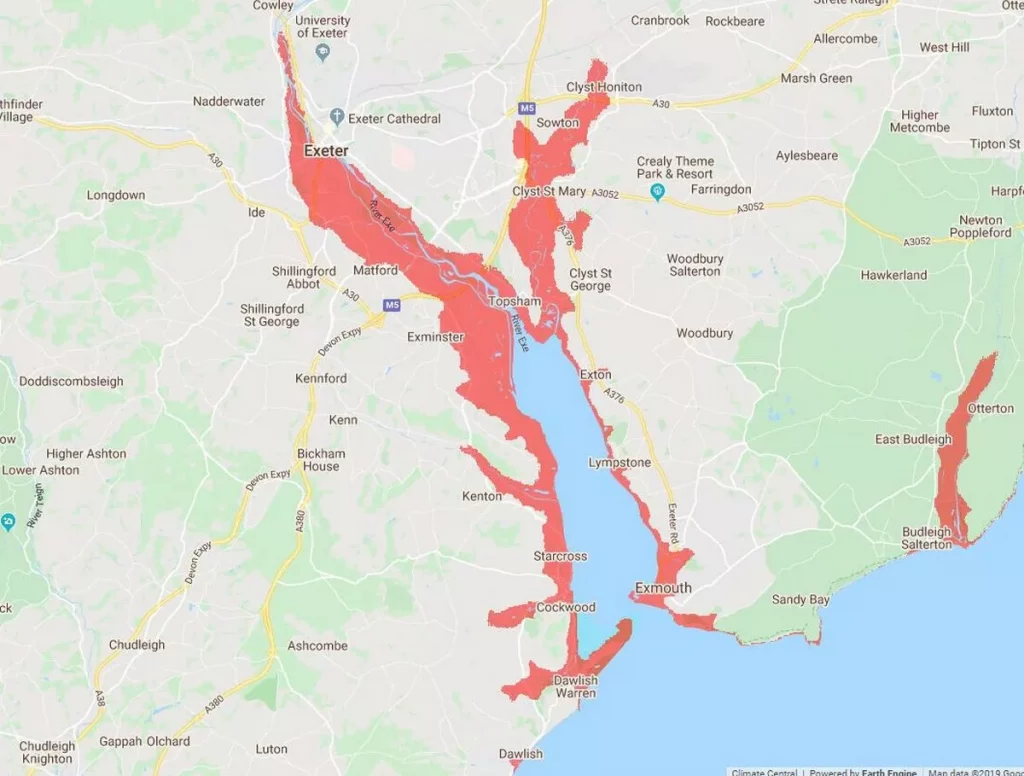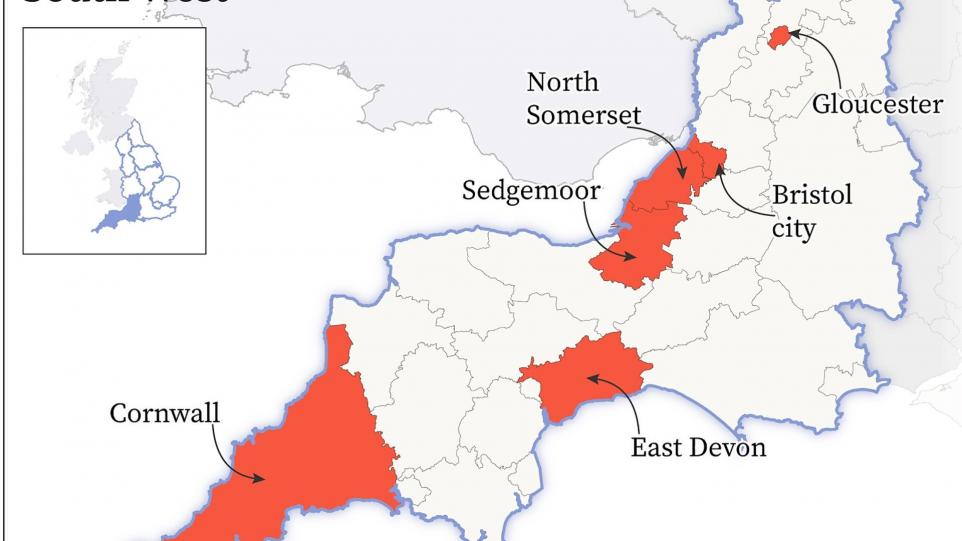Meanwhile, on Cliff Road, there are the clifftop homes that are ‘falling into the sea’ because of the climate crisis. And at Port Royal, the Rockfish development has been ‘delayed for a flood assessment’.
.
People having to move because of ruptures to their local climate has been gathering pace, with fears a decade ago expressed that climate change ‘will foster terrorism and fuel immigration’, from Nigeria to Syria and beyond. And it has becoming clear that climate refugees are on the increase.
This is where climate change and displacement come together:
Climate-fuelled disasters are a driver of global internal displacement and those who have contributed least to the climate crisis are affected the hardest. Every second, one person is displaced by an extreme climate disaster like flooding, storms, cyclones, drought, wildfires, landslides, and extreme temperatures.
It is expected that the number of people in need of humanitarian assistance will grow exponentially in countries vulnerable to climate change. Those who have contributed least to the climate and environment crisis are the hardest affected, and least equipped to respond and adapt to climate shocks and hazards.
This is the backdrop for when 40,000 delegates, including heads of state and world leaders, meet at the COP28 in Dubai between 30 November and 12 December. They will be there to build consensus and facilitate progress on climate change mitigation.
But it’s also happening in the ‘developed world’ – where in Miami, when sea levels rise, so does your rent:
With sea levels rising around the globe, Miami, in the US state of Florida, is facing an urgent need to adapt. As property investors turn their gaze inland, away from the exclusive low-lying beach area, residents in one poorer neighbourhood further above sea level say rising rents are forcing them out.
“It’s a beautiful place, and developers are selling this tropical lifestyle,” says housing activist Renita Holmes. “So, they build up and everybody moves to Miami, and we get moved out.”
And it might well start happening in East Devon – where Exmouth’s seafront sea wall has been damaged in storm and is ‘at risk of collapse’, despite last year’s major £12m Exmouth coastal work to fight rising sea levels.
A map from last year showed the huge areas of Devon underwater by 2050, including the Exe Estuary:

This means that, as with Syria or Miami, people will be displaced from their homes – with this other map from last year showing that thousands of East Devon homes could be abandoned by 2050s

This includes the various flooding issues in Sidmouth. And although a splash wall will not be necessary following the proposal for a new Beach Management Plan hybrid option, there are still concerns about how the ferocity of the 2023 storms will test these plans.
Meanwhile, on Cliff Road, there are the clifftop homes that are ‘falling into the sea’ because of the climate crisis. And at Port Royal, the Rockfish development has been delayed for a flood assessment. After all, as pointed out over the 2018 plans for Port Royal:
The Port Royal and Ham area, originally categorised as Flood Zone 2 was re-classified by the Environment Agency (EA) in 2016 as the high risk Flood Zone 3a.
Climate displacement is happening here…